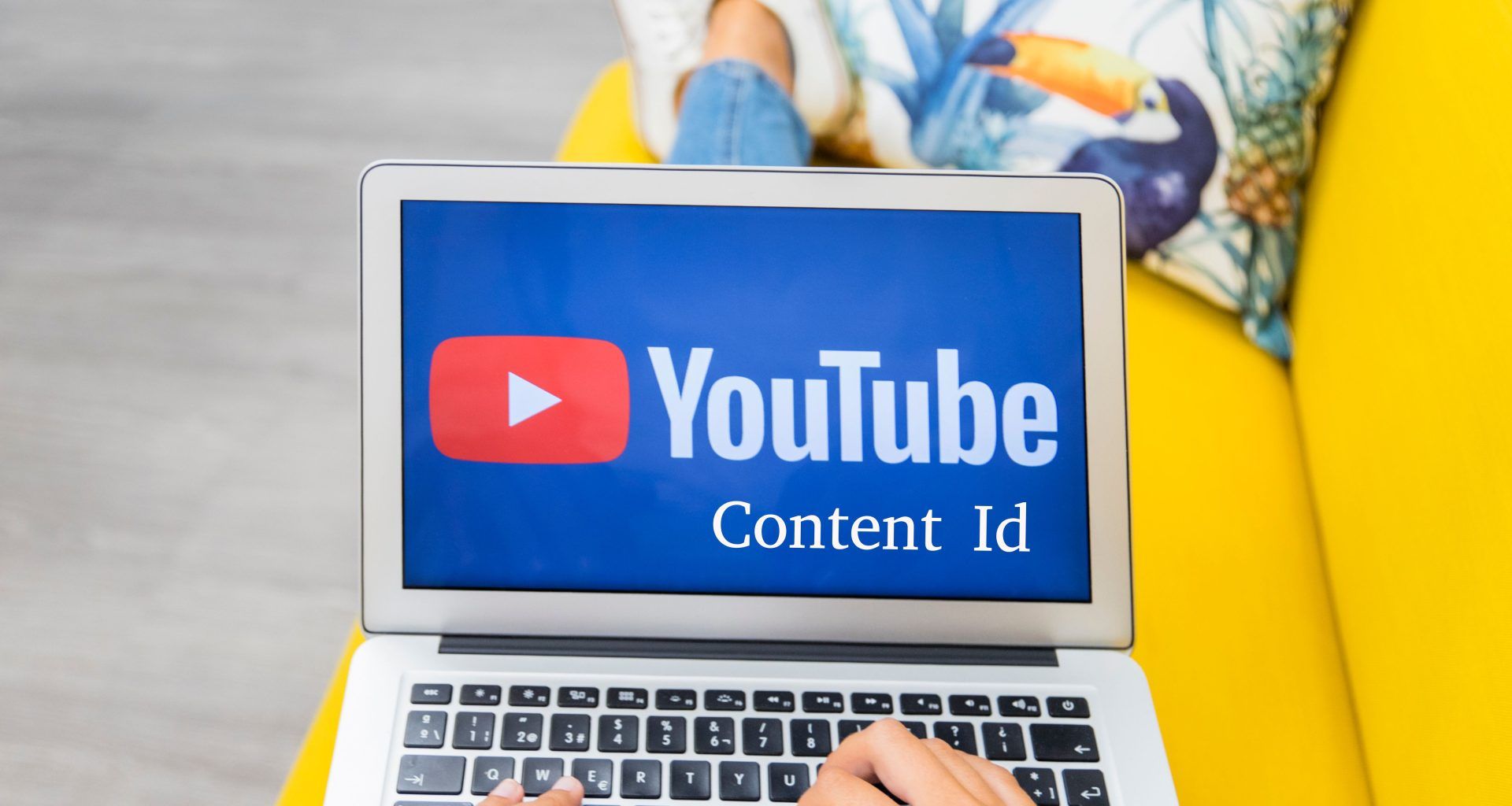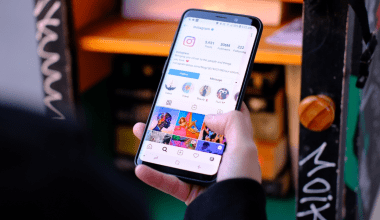In today’s digital world, the way we consume and share music has changed a lot. Platforms like YouTube and streaming services are now the main ways we access music. Because of this, understanding content ID claims has become crucial for artists. These claims help protect and monetize their work. In this blog, we’ll explain what content ID claims are, how they work, and give you tips on managing them.
What is a Content ID Claim?
A content ID claim is a tool that platforms like YouTube use to identify and manage copyrighted material. When someone uploads a video, the platform scans it against a database of copyrighted works. If the system finds a match, it makes a content ID claim on the video. This claim lets the copyright owner decide what to do with the video. They can monetize it, block it, or just track its viewership.
How Content ID Claims Work
The process starts with a digital fingerprint, known as a reference file, of copyrighted content. Platforms like YouTube use advanced algorithms to scan new uploads against these files. When they find a match, a content ID claim is created. This claim can cover audio, video, and even visual content in a video. Here’s a simple breakdown:
- Upload and Scanning: The platform scans the uploaded video for copyrighted material.
- Matching: The system checks for matches with existing reference files.
- Claim Generation: If it finds a match, the platform generates a content ID claim.
- Action Taken: The copyright owner decides what to do next, such as monetizing, blocking, or tracking the video.
Impact of Content ID Claims on Artists
Content ID claims can have both good and bad effects on artists. On the positive side, they can help artists make money. For instance, if someone uses a song without permission, the artist can earn money from ads shown on the video. However, there are downsides too. Videos can get blocked, limiting the artist’s exposure. Also, sometimes false claims are made, which can be frustrating.
Positive Impacts
- Monetization: Artists can earn money from ads on videos that use their music.
- Control: They have control over how their content is used.
- Exposure to New Audiences: Sometimes, these claims can bring the artist’s work to new audiences, especially if their music is featured in popular videos.
Negative Impacts
- Blocking and Restrictions: Videos might get blocked, which can limit exposure. This is especially tough for independent artists who rely on these platforms for promotion.
- False Claims: Sometimes, mistakes happen, and false claims are made. This can cause problems and potential loss of revenue.
- Legal Disputes: Disputes over content ID claims can sometimes turn into legal battles, which can be time-consuming and costly.
How to Manage Content ID Claims
Managing content ID claims requires knowing your rights and using available tools. Here are some tips:
- Register Your Music: Make sure your music is registered with a content ID system. This helps in tracking and monetizing your work.
- Monitor Claims: Keep track of claims made on your content. Most platforms offer dashboards for this purpose.
- Dispute False Claims: If you think a claim is wrong, you can dispute it. Provide evidence to support your case.
- Monetize: If you want to earn money rather than block content, adjust your settings accordingly.
- Use Trusted Distributors: Work with reliable music distributors who can help manage content ID claims and protect your music.
- Stay Informed: Keep yourself updated on changes in content ID systems and copyright laws.
Disputing a Content ID Claim
If you get a content ID claim that you think is incorrect, you have the right to dispute it. Here’s how:
- Review the Claim: Check the details and see what content is being claimed.
- Gather Evidence: Collect proof that shows the claim is wrong. This could be licenses or proof of ownership.
- File the Dispute: Use the platform’s dispute process to submit your case.
- Wait for a Response: The claimant has a certain time to respond. If they don’t, the claim is removed.
It’s important to handle disputes professionally. Keep all communications and provide clear information to support your case.
Best Practices for Avoiding Content ID Claims
To avoid unnecessary content ID claims, follow these best practices:
- Use Licensed Content: Always use music and visuals that you have permission to use.
- Create Original Content: Focus on making your own music and visuals. This lowers the risk of claims.
- Understand Fair Use: Learn about fair use, which allows limited use of copyrighted material under certain conditions.
- Label Your Content Correctly: When uploading, label and categorize your content properly to avoid confusion.
- Collaborate with Clear Agreements: When working with others, have clear agreements about rights and usage.
Fair Use Considerations
Fair use is a legal rule that allows limited use of copyrighted material without permission. It’s a complex area with no clear rules. Factors that affect fair use include:
- Purpose and Character: Non-commercial, educational, or transformative uses are more likely to be fair use. For example, using a copyrighted song in a review might be fair use.
- Nature of the Work: Using factual content is more likely to be fair use than using creative works. However, this isn’t always clear-cut.
- Amount Used: Using a small portion of a work is more likely to be fair use. But even a small amount can be problematic if it’s the “heart” of the work.
- Effect on the Market: If your use affects the market value of the original work, it’s less likely to be fair use. This is often the most important factor in determining fair use.
The Role of Digital Rights Management (DRM)
Digital Rights Management (DRM) is crucial when dealing with content ID claims. DRM technologies help protect copyrighted content from being used without permission. They include tools that control how content is used, modified, and distributed. For artists, understanding DRM is key to protecting their work.
Types of DRM Technologies
- Encryption: Converts content into a code, which can only be accessed with the correct key.
- Watermarking: Adds a digital signature to the content, making it easy to track and identify.
- Access Control: Limits the number of devices or users that can access the content.
DRM helps prevent unauthorized distribution and ensures proper compensation. However, it can sometimes be restrictive, leading to debates about user rights and access.
The Future of Content ID Systems
As technology advances, content ID systems are becoming more accurate and efficient. AI and machine learning are improving these systems, but challenges remain, like handling fair use and avoiding false claims. The future of content ID systems may include better automation and more precise algorithms to distinguish between legal and illegal use.
Potential Future Developments
- Improved Accuracy: With better AI, content ID systems may become more accurate, reducing false positives.
- Better Fair Use Recognition: Future systems might better understand fair use, leading to fewer disputes.
- Greater Transparency: There could be more openness about how content ID claims are handled, providing clearer guidelines and processes for creators.
Conclusion
In conclusion, content ID claims play an important role in today’s music industry. They help protect artists’ rights and allow them to earn money from their work. However, they also bring challenges, such as false claims and complex fair use issues. By understanding how content ID claims work and following best practices, artists can navigate this complex area more easily. As the industry evolves, staying informed and proactive will be key to managing content ID claims successfully.
For further reading, explore these related articles:
- How Much Views Required to Earn Money on YouTube
- YouTube Music Library: A Comprehensive Guide
- Why is There a Need for Digital Aggregators in Music Distribution?
For additional resources on music marketing and distribution, visit Deliver My Tune.






